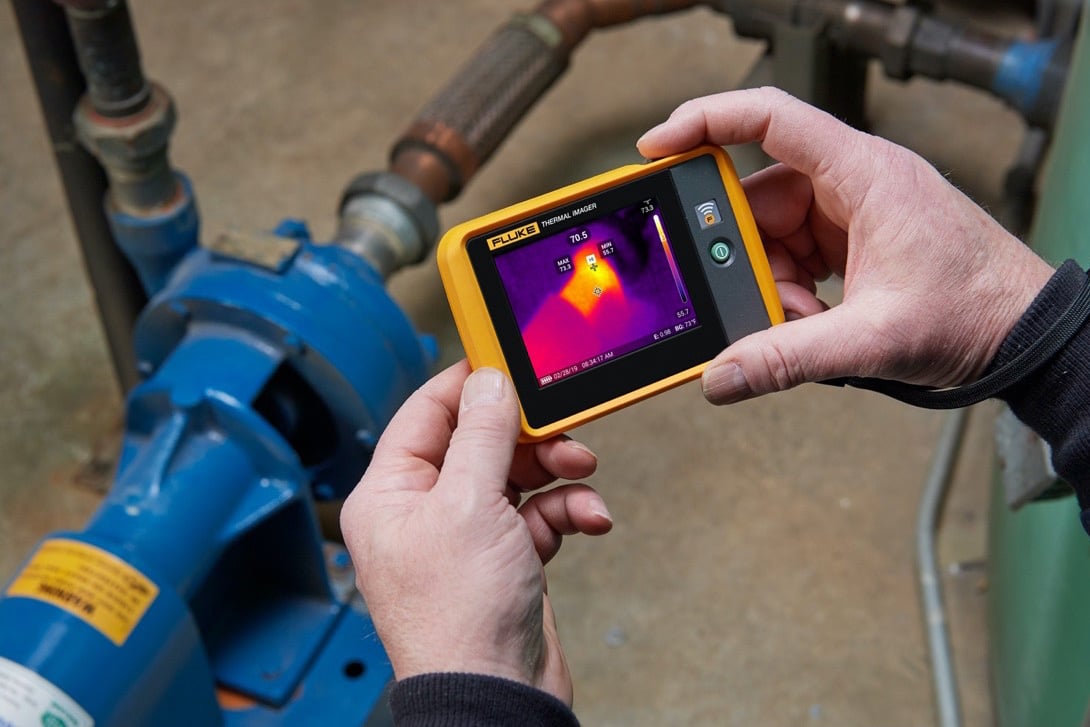Advanced Water Leak Detection Solutions for Your Home and Business
Advanced Water Leak Detection Solutions for Your Home and Business
Blog Article
Ingenious Solutions for Very Early Detection of Water Leakages in Buildings and Infrastructure
From innovative leakage discovery technologies to the deployment of IoT sensors for real-time monitoring, the landscape of leak prevention is advancing swiftly. Automated water circulation evaluation systems are improving how leaks are determined and addressed, leading the means for a proactive approach to water leak detection.
Advanced Leakage Discovery Technologies
Advanced leakage discovery modern technologies, outfitted with sophisticated sensing units and formulas, play an essential role in swiftly identifying and pinpointing water leaks in various setups. These modern technologies use a mix of acoustic, thermal, and electro-magnetic noticing techniques to find leakages precisely. Acoustic sensors spot the sound of escaping water, permitting precise localization of the leakage resource. Thermal imaging discovers temperature changes brought on by water leak, giving an additional efficient technique for leak identification. Electromagnetic sensors can identify adjustments in magnetic fields caused by water, providing yet another layer of leakage discovery ability.

IoT Sensors for Real-Time Surveillance
In the world of modern water leak discovery, the assimilation of IoT sensors for real-time tracking stands for a critical improvement in boosting aggressive leak detection abilities. These sensors provide continual monitoring of water systems, supplying real-time information on water flow rates, pressure variants, and temperature level modifications. By leveraging IoT innovation, these sensing units can spot even the smallest anomalies in water use patterns, making it possible for very early recognition of prospective leaks prior to they intensify right into significant concerns.
IoT sensors transmit information to a centralized platform, where advanced algorithms analyze the information and generate informs or notifications when irregularities are found. This real-time monitoring capability enables property proprietors or facility managers to immediately address leaks, decreasing water damages, reducing repair work expenses, and preserving water resources.
Moreover, IoT sensors can be integrated with building monitoring systems, permitting for computerized responses to discovered leaks, such as closing off water shutoffs or turning on pumps to alleviate the impact of leakages. On the whole, the implementation of IoT sensors for real-time tracking considerably enhances the effectiveness and effectiveness of water leak detection in buildings and facilities.
Machine Understanding Algorithms for Leakage Prediction

One trick benefit of using artificial intelligence for leakage forecast is its ability to continuously find out and enhance its accuracy with time. As even more data is accumulated and fed into the algorithm, it can improve its predictions and adjust to altering conditions, ultimately raising the integrity of leak discovery systems.
Additionally, artificial intelligence formulas can help in recognizing my sources subtle indicators of leakages that may go undetected by conventional surveillance techniques. water leak detection. By analyzing intricate information sets in real-time, these algorithms can give very early warnings and signals, permitting for punctual intervention and preventive upkeep to reduce potential water damage and associated expenses
Using Thermal Imaging for Leakage Detection
Thermal imaging technology provides an appealing technique for spotting water leakages in Related Site numerous systems and frameworks. By utilizing infrared radiation and temperature variances, thermal imaging video cameras can recognize covert leaks that are not conveniently visible to the nude eye.
Among the key advantages of thermal imaging for leak discovery is its non-intrusive nature. Unlike standard techniques that may need damaging right into walls or floorings to find leaks, thermal imaging permits non-destructive testing. This not only saves time and lowers expenses yet likewise decreases interruption to the building or infrastructure being evaluated. In addition, thermal imaging can quickly check huge areas, providing a detailed introduction of potential leak sources in a prompt way. In general, the usage of thermal imaging modern technology boosts the performance and accuracy of water leak discovery, making it a beneficial tool for keeping the honesty of buildings and infrastructures.
Automated Water Circulation Evaluation Systems
Just how can automated water circulation analysis systems reinvent the discovery and monitoring of leaks in various systems and infrastructures? Automated water flow evaluation systems provide a positive method to leakage discovery by continuously monitoring water circulation rates and patterns. By developing baseline data, these systems can swiftly identify inconsistencies that might suggest a leak, allowing timely treatment to stop extensive damage.
These systems make use of innovative formulas to assess real-time data and supply instant signals when anomalies are spotted, allowing for quick action to be taken. In addition, computerized water flow evaluation systems can be incorporated with structure administration systems or IoT systems, improving overall effectiveness and allowing remote monitoring capacities.
Additionally, the data collected by these systems can be used for predictive upkeep objectives, Visit This Link aiding to determine possible powerlessness in the infrastructure before leakages take place. Generally, the application of automated water flow analysis systems can considerably enhance leakage detection and monitoring practices, ultimately causing cost savings, decreased water wastage, and increased sustainability in buildings and framework.

Conclusion
In verdict, the combination of advanced leak discovery innovations, IoT sensors, artificial intelligence algorithms, thermal imaging, and automated water circulation analysis systems offers cutting-edge options for very early discovery of water leakages in structures and infrastructure. These modern technologies allow real-time surveillance, prediction of leaks, and efficient discovery methods to stop water damage and wastage. Executing these options can assist in keeping the stability and sustainability of water supply in various settings.
Report this page